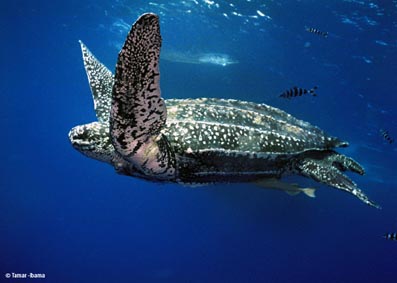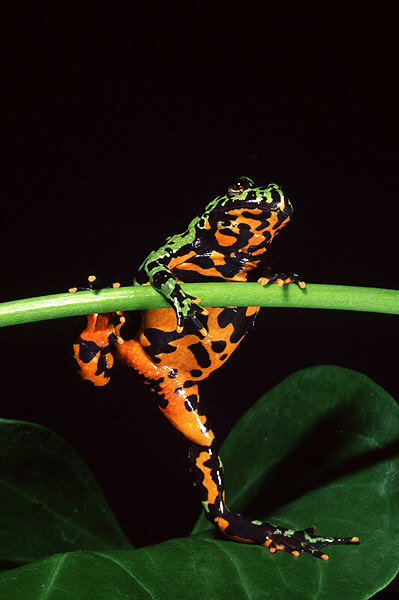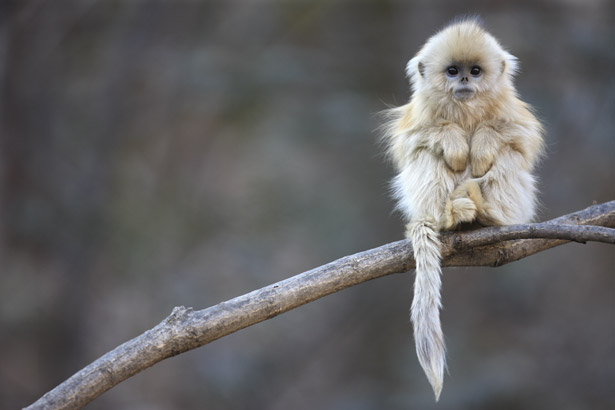Well, if you are reading today’s post then my automatic posting service is still working, which is great. I will be back in the Yukon tonight so if I haven’t responded to your comments yet, I will be shortly. I hope everyone has been having a great week.
I have never had a great memory of all my childhood activities, which is a shame, but for some weird reason I remember the first day that the Ninja Turtles cartoon came on. I was in the yard playing with my cousin and I remember running into the basement to watch this brand new cartoon. I have no idea why I am telling you this but this memory popped into my head when I was thinking about writing on the leatherback turtle. I wish I could be writing about the adaptations of the leatherback turtle that allows it to perform martial arts and eat pizza but that isn’t the case.
The leatherback turtle, however, does have some interesting adaptations to allow it to survive in the harsh ocean. I guess the most obvious adaptation is the fact that the leatherback doesn’t have the normal hard bony shell like other turtles. As their name suggests they have a leathery skin as opposed to a hard shell or carapace. This leathery surface provides insulation from the cold water. They do have bony plates embedded underneath this leathery skin. It is the only sea turtle that does not have a hard shell. The leatherback turtle also has several adaptations that allow it to dive as deep as 2000 metres if it needs to. It can only stay under for about 30 minutes before requiring oxygen and thus spends most of its time within the first 300 metres of the ocean. Some of these adaptations include oxygen storage compartments, collapsible lungs, slowed heart rate, etc. To read about more of these diving adaptations then I recommend checking out this great article located here.
One of my favourite leatherback turtle adaptations has to do with the way the turtle eats. Have you ever tried to eat a live jellyfish? I am going to go out on a limb here and say that you haven’t! Well, as you can imagine it might be difficult holding those little guys in place while you eat them. The leatherback turtle has developed backward pointing spines in its mouth and throat. These spines help hold the slippery prey in its mouth while it swallows the food. Even though, it can’t use nunchucks or a sword, I think this is a pretty cool adaptation.
Leatherback Turtle Fast Fact – Leatherback sea turtles are the biggest turtles on earth. These turtles can be about 2 metres (6 feet) long and weigh up to a ton. Yes, a Ton! That is 2000 pounds or for the metric folks, 907 kilograms.








You find such interesting things to write about and they bring back such vivid memories. I can remember a couple of little boys going out for Halloween dressed as Ninja Turtles! I hadn’t heard about this particular species and never dreamed one could grow so large. Keep it up Nathan!
hahahaha! I do remember dressing up as a Ninja Turtle the one Halloween! I am still disappointed that I didn’t win the costume contest at school with that one! I thought it looked great!
Thanks for bring back the memories!
Looks like that turtle has a ninja-like pose! You should be teaching as you make those animals come alive!
hahaha! I had to go back and look at the picture. It does look like it is in a Ninja pose. That was completely accidental! This just made my day!
Thanks!